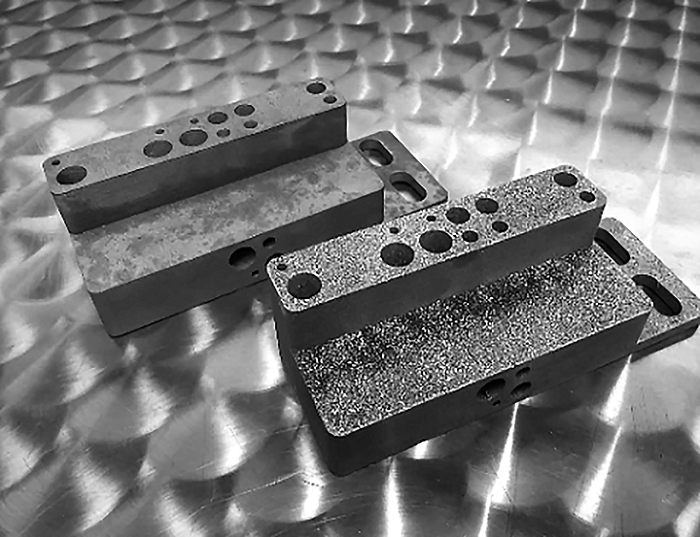ASTM E384 Microindentation Hardness Testing of Coatings
The ASTM E384 standard is widely recognized as a robust and reliable method for evaluating the microhardness of coatings. This test is particularly important in sectors such as aerospace, automotive, electronics, and medical devices where coating performance directly impacts product durability and quality.
Microindentation hardness testing uses a small indenter to apply a precise load to a coated specimen, measuring the depth of penetration into the surface. The resulting hardness value provides critical information about the mechanical properties of coatings, which are often subjected to harsh environmental conditions or wear during use.
The test is suitable for various coating types including but not limited to paints, polymers, ceramics, and metals. It allows for in-depth analysis at a microscale, making it essential for quality assurance programs. The procedure involves several key steps: preparation of the coated specimen, selection of appropriate indenter geometry, application of load, measurement of indentation depth, and subsequent calculation of hardness values.
The primary advantage of ASTM E384 lies in its precision and repeatability. By adhering to ISO standards and ASTM guidelines, laboratories can ensure consistent results that are internationally comparable. This is particularly beneficial for industries where coatings must meet stringent specifications or be certified for use across borders.
Compliance with ASTM E384 is crucial for ensuring product quality and reliability. For instance, in the aerospace industry, coating hardness can influence the fatigue life of components. In medical devices, it ensures that surfaces are robust enough to withstand sterilization processes without compromising performance. Therefore, understanding the nuances of this test method is vital for those involved in manufacturing or purchasing high-performance materials.
Specimen preparation involves careful selection and cleaning of coated samples to minimize errors. The choice of indenter type (e.g., spherical, conical) depends on the specific coating characteristics being evaluated. Load application follows strict protocols to prevent any external factors from influencing results. Finally, accurate measurement of indentation depth is critical for reliable hardness determinations.
Instrumentation used in ASTM E384 testing includes specialized microindenters equipped with high-resolution cameras and digital load cells. These devices provide precise control over applied loads and enable detailed analysis of the resulting indentations. Reporting typically involves providing hardness values alongside relevant parameters such as indenter geometry, loading conditions, and indentation depth.
The importance of ASTM E384 extends beyond mere compliance; it plays a pivotal role in advancing research and development efforts. By quantifying coating properties with precision, scientists and engineers can better understand how different variables affect performance. This knowledge is invaluable for optimizing manufacturing processes or selecting appropriate coatings for specific applications.
In summary, ASTM E384 microindentation hardness testing offers unparalleled insights into the mechanical properties of coatings. Its rigorous methodology ensures accurate measurement while fostering global consistency in quality standards across diverse industries.
Applied Standards
- ASTM E384-19 Standard Test Method for Microhardness of Materials Using Indenters with Typical Angles of 10°, 15°, or 30° and a Pyramid Indenter
- ASTM E761-15a Standard Practice for Preparing Metallographic Specimens from Coatings
- ISO 48:2019 Metallic Materials - Microindentation Testing of Hardness and Brinell Hardness Number
Industry Applications
The application of ASTM E384 microindentation hardness testing is extensive, particularly in sectors where coating performance significantly influences product quality. Aerospace manufacturers rely on this method to assess the fatigue resistance of coated components subjected to extreme environmental conditions.
In automotive manufacturing, ensuring that protective coatings withstand rigorous durability tests is crucial for maintaining safety standards. Similarly, electronics companies use ASTM E384 to verify that surface finishes on delicate circuit boards can endure assembly processes without degradation.
The medical device industry places particular emphasis on coating hardness as it directly affects biocompatibility and sterilization effectiveness. By adhering to ASTM E384 protocols, manufacturers ensure their products meet stringent regulatory requirements.
For quality managers and compliance officers, understanding the technical details of ASTM E384 is essential for ensuring that all testing processes comply with international standards. This knowledge also aids in interpreting results accurately and making informed decisions regarding material selection and process optimization.
Frequently Asked Questions
International Acceptance and Recognition
- The United States: ASTM E384 is widely adopted in various sectors including aerospace and automotive.
- Europe: Recognized by major European standards bodies for quality assurance purposes.
- Asia-Pacific: Commonly used in industries requiring high-performance coatings.
- Australia/New Zealand: Included as a standard method for compliance with international regulations.





